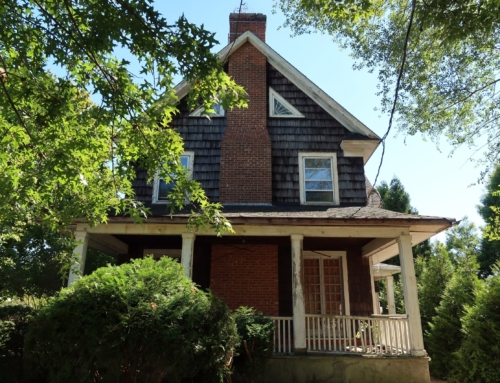 There are less underwater mortgages than last year, but foreclosures are still rising as the housing market struggles to regain lost equity.
There are less underwater mortgages than last year, but foreclosures are still rising as the housing market struggles to regain lost equity.
There was good news and not so good news about foreclosures this week.
According to the latest numbers from RealtyTrac, a total of 1,045,801 U.S. properties experienced a foreclosure filing — including default notices, auction sale notices and bank repossessions — in the first half of 2012. The company noted this was a 2 percent increase from the previous six months but was still down 11 percent from the first half of 2011.
This week’s report also shows that 0.79 percent of all U.S. housing units (one in 126) had at least one foreclosure filing in the first six months of the year.
Twenty states saw a significant increase in foreclosure activity during the first half of the year, including Indiana (32 percent), Pennsylvania (24 percent), South Carolina (23 percent), Connecticut (23 percent), Florida (23 percent), and Illinois (22 percent). California experienced an 18 percent increase year-over-year in foreclosure starts, boosting that state’s foreclosure rate to the highest nationwide for the month.
And while overall foreclosure activity was down in the second quarter, 311,010 properties moved into the foreclosure process, a 9 percent increase from the first quarter of 2012, and a 6 percent increase from a year ago.
But the rising numbers weren’t much of a surprise to foreclosure industry observers, who say lenders are finally starting to process some of the foreclosure backlog. Still, government scrutiny at the federal and state level “continue to keep a lid on the foreclosure problem at a national level,” said Brandon Moore, CEO of RealtyTrac.
On the plus side, the number of folks in negative equity decreased, according to the latest research report from CoreLogic.
According to the report, some 11.4 million, or 23.7 percent, of all residential properties with a mortgage were in negative equity at the end of the first quarter of 2012. This is down from 12.1 million properties, or 25.2 percent, in the fourth quarter of 2011. An additional 2.3 million borrowers had less than 5 percent equity, referred to as near-negative equity, in the first quarter.
Negative equity, often referred to as “underwater” or “upside down,” means that borrowers owe more on their mortgages than their homes are worth. Negative equity can occur because of a decline in value, an increase in mortgage debt or a combination of both.
Together, negative equity and near-negative equity mortgages accounted for 28.5 percent of all residential properties with a mortgage nationwide in the first quarter, down from 30.1 percent in Q4 2011.
More than 700,000 households regained a positive equity position in the Q1 2012, due largely to home prices rising in certain communities across the country.
“In the first quarter of 2012, rebounding home prices, a healthier balance of real estate supply and demand, and a slowing share of distressed sales activity helped to reduce the negative equity share,” said Mark Fleming, chief economist for CoreLogic. “This is a meaningful improvement that is driven by quickly improving outlooks in some of the hardest hit markets. While the overall stagnating economic recovery will likely slow housing market recovery in the second half of this year, reducing the number of underwater households is an important step toward reducing future mortgage default risk.”






Leave A Comment